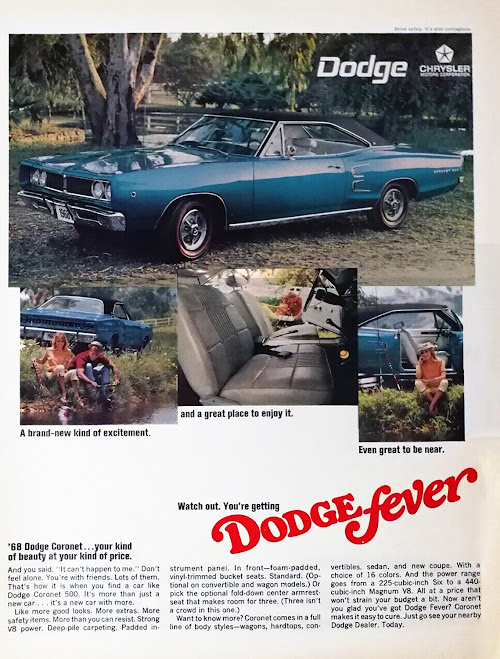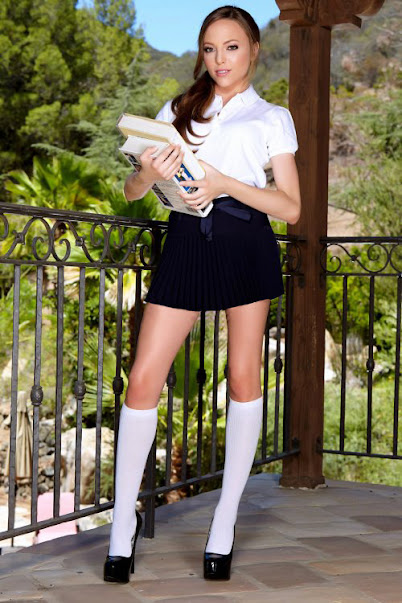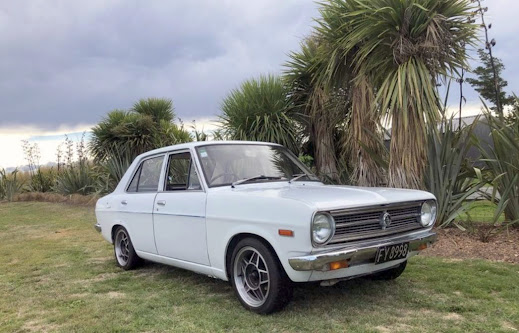"The Massawa – Asamra train is a truly vintage experience. The Eritrean Railway was constructed between 1887-1932 by Italy for the Italian Eritrea colony and connects the port of Massawa with Bisha, near the Sudanese border. Following decades of war, the railway became damaged and, having rejected international proposals, Eritrea launched a project to rehabilitate the railway system itself in May 1994.
"The line was eventually completed in February 2003 under the supervision of retired railwaymen who had been called back to lead the reconstruction work. The stretch between Nefasit and Asmara is one of the most remarkable on the continent with over 30 tunnels and 65 bridges."It is a unique experience for travellers who are treated to incredible mountainous scenery but also because they could be on board either an authentic 1930s vintage Mallet steam locomotive or Littorina railcar (a co-production of Mussolini and Fiat president Agnelli)."
Read the rest

















































